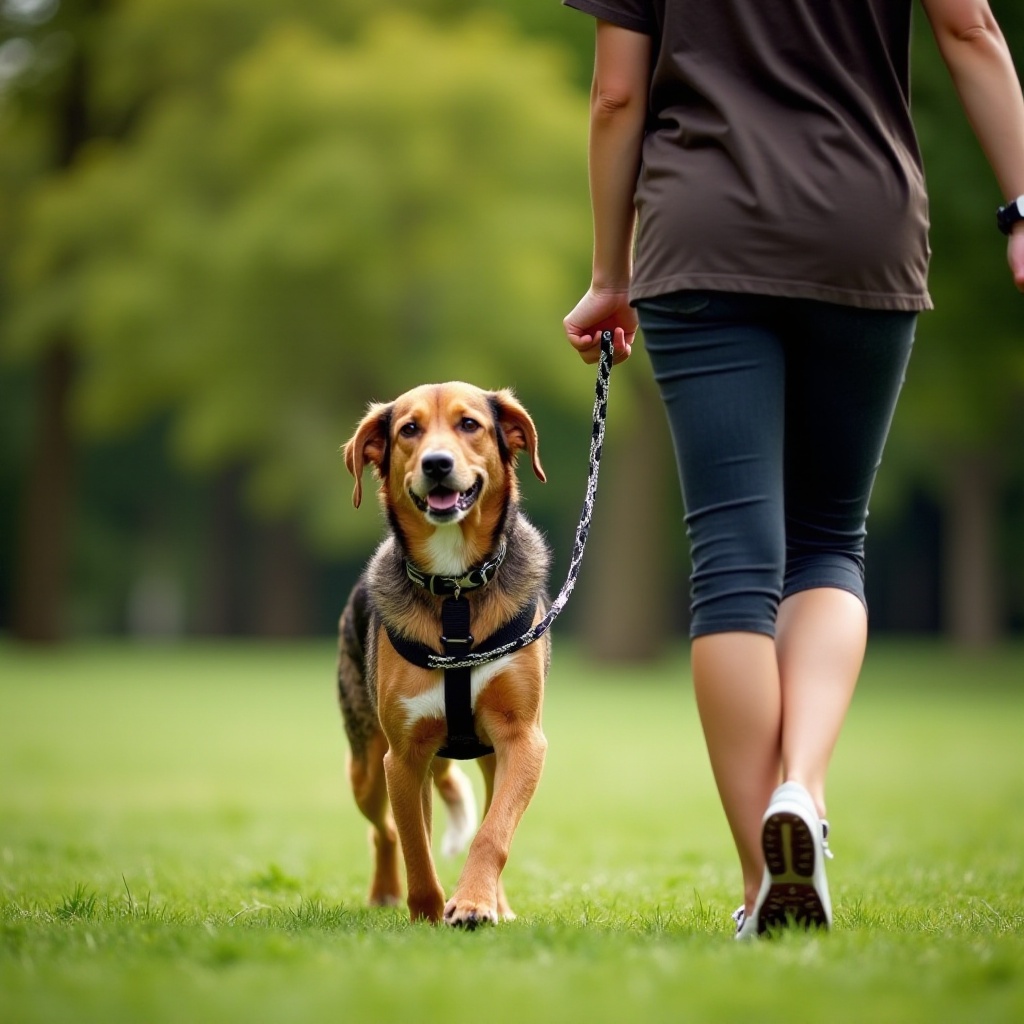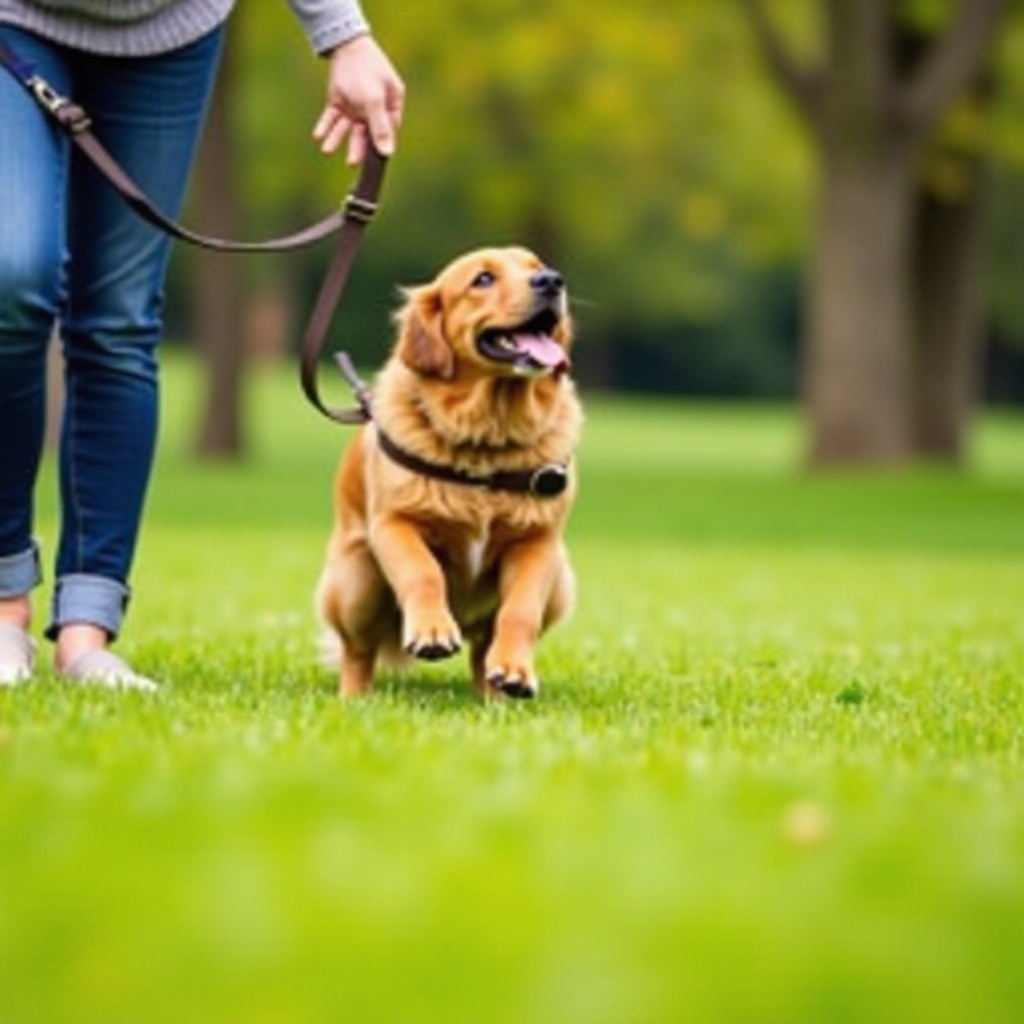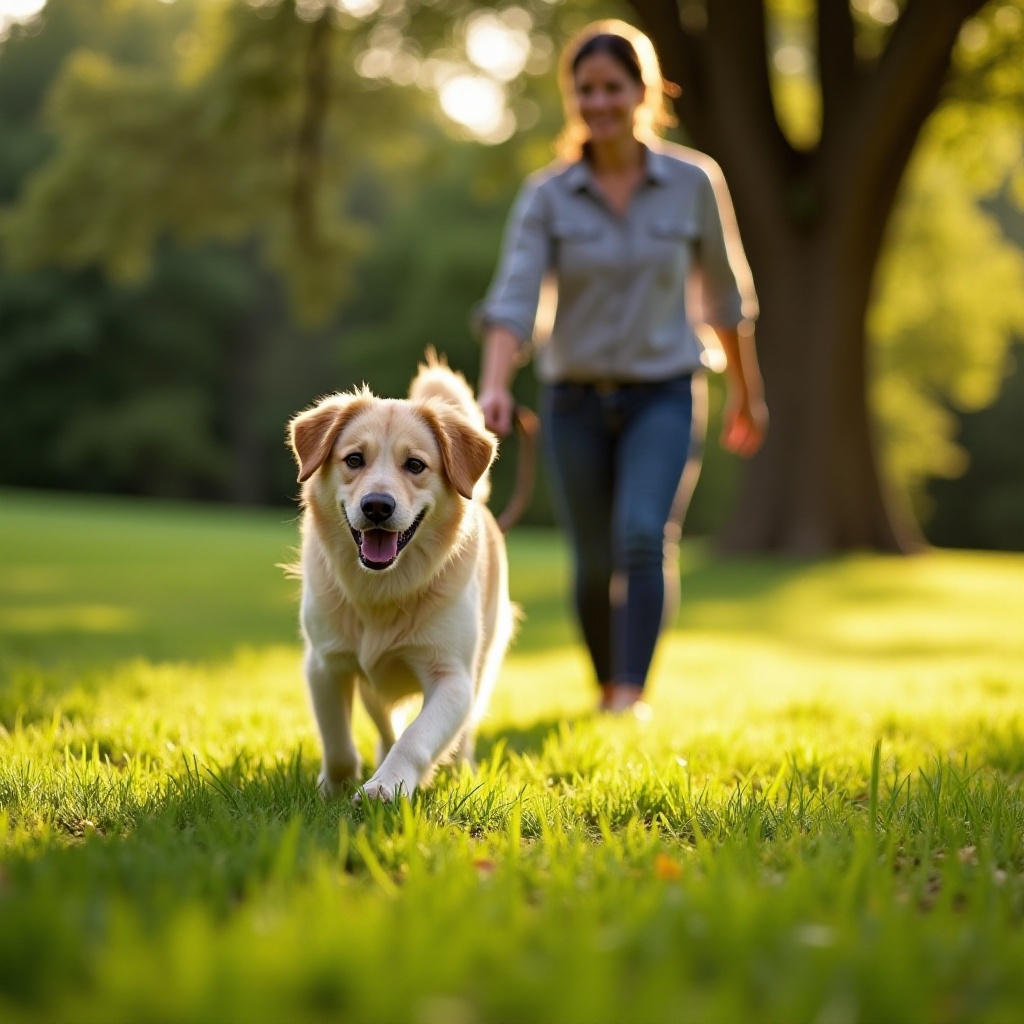Introduction
Training a dog to heel is one of the most essential commands for a well-behaved canine companion. Heel training is not just about obedience; it’s about establishing a bond of trust and understanding between you and your dog. Whether you have a new puppy or an adult dog, teaching them to heel can vastly improve your walks, making them more enjoyable and safe. This comprehensive guide will take you through each step of the process, ensuring your dog learns to heel with confidence.

Understanding the Heel Command
Heel’ is a command that instructs your dog to walk by your side, usually on your left, without pulling on the leash. This behavior is crucial for a controlled walk, especially in busy environments or when passing other dogs and pedestrians.
Before diving into the training steps, it’s important to grasp why heel training is beneficial. It promotes safer walks, minimizes pulling, and enhances your dog’s overall discipline. Moreover, it stimulates mental engagement, contributing to your dog’s overall well-being.
Essential Training Tools and Aids
To effectively train your dog to heel, you’ll need some basic tools:
- Leash and Collar: Choose a standard leash (4-6 feet) and a comfortable collar. Avoid retractable leashes as they encourage pulling.
- Clicker: This is a small device that makes a clicking sound to mark the desired behavior. It’s useful for positive reinforcement.
- Treats: Use small, high-value treats that your dog loves. Treats work as a powerful motivator and reinforcement.
- Training Vest: Optional but can be useful for holding treats and other training tools for easy access.
Having these tools ready will set you up for successful training sessions and help maintain consistency.

Initial Training Steps
Establishing the Right Environment
Begin in a quiet, distraction-free environment. Your home or a secluded backyard is ideal. The goal is to have your dog’s full attention.
Getting Your Dog’s Attention
Start with your dog on a leash. Stand still and hold the leash close to your body. Call your dog’s name clearly and encourage them to look at you using a treat. When they do, reward them immediately. This step ensures your dog’s focus is on you.
Using Treats and Rewards
Hold a treat in one hand, positioned at your dog’s nose level. Start walking, encouraging your dog to follow the treat. As they walk by your side, use a clicker to mark the behavior and give a treat. Repetition and positive reinforcement will reinforce the command.
Advanced Heel Training Techniques
Once your dog understands the basic heel command, it’s time to introduce more complex scenarios.
Transitioning to Outdoors
Gradually move your training sessions outdoors to less controlled environments. This helps your dog adjust to real-world distractions while maintaining the heel position. Start in quieter areas like your backyard or a quiet park.
Incorporating Distractions
Introduce distractions slowly. For instance, have a friend walk by or another dog at a distance. If your dog maintains the heel, reward them generously. This teaches them to stay focused amid potential distractions.
Increasing Duration and Distance
As your dog becomes more proficient, gradually increase the length of your walks and the time they need to heel. Extend the distance between treats and rewards, ensuring they work longer but always maintaining the positive reinforcement.

Troubleshooting Common Issues
Training a dog to heel can come with challenges. Here’s how to address common problems:
Dealing with Distractions
If your dog is distracted easily, use high-value treats that they can’t resist. Practice in different environments, gradually increasing the distraction level to help them learn to focus.
Correcting Pulling Problems
For dogs that pull, stop walking immediately when they start to pull. Wait until they return to your side and make eye contact before continuing. Consistency is key here.
Handling Stubborn Dogs
Stubborn dogs may require sessions with fewer distractions and higher-value treats initially. Keep the training sessions short and positive, slowly building their responsiveness.
Maintaining and Reinforcing the Heel Command
Consistent practice is vital for maintaining the heel command. Incorporate short heel training sessions into your daily walks. Praise and reward your dog regularly to reinforce the behavior. Keep the sessions engaging and positive.
Conclusion
Training your dog to heel takes patience and consistency, but the rewards are immense. A well-trained dog will make your walks more enjoyable and less stressful. Follow this guide, keep the training sessions positive, and watch your dog master the heel command.
Frequently Asked Questions
How long does it take to train a dog to heel?
The time required varies, but with consistent, daily training sessions, most dogs can learn the heel command within a few weeks.
What do I do if my dog refuses to heel?
If your dog refuses to heel, ensure high-value treats and a distraction-free environment. Shorten the training sessions and gradually increase their complexity.
Can I train an older dog to heel?
Absolutely! Older dogs can learn new commands. It might take a bit longer, but with patience and consistent practice, they can master it just like younger dogs.
